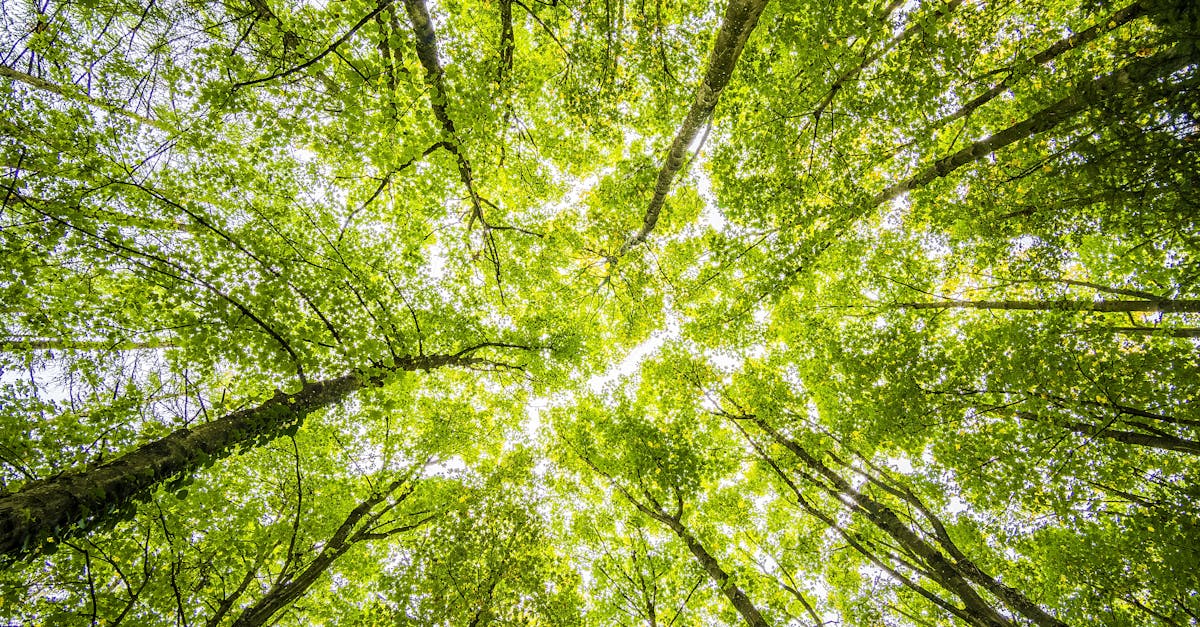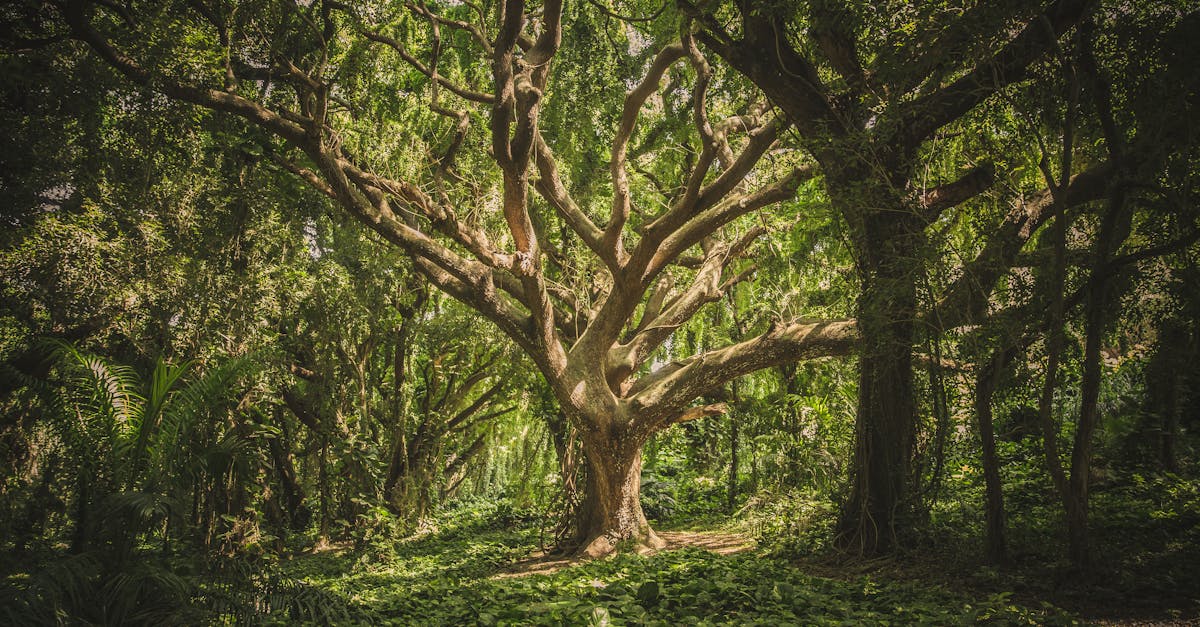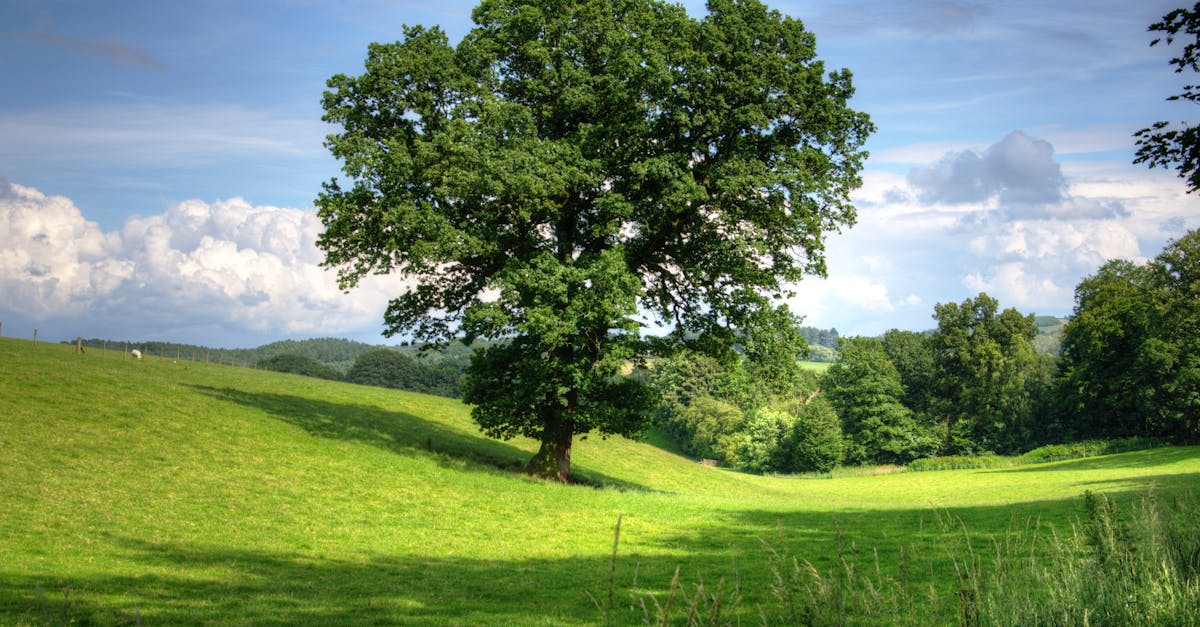
Tree Trimming Tools
When it comes to tree pruning and trimming in tree care maintenance, having the right tools is essential for achieving optimal results. One of the most common tools used for tree trimming is the pruning shears, also known as hand pruners. These are ideal for cutting small branches and foliage with precision and ease. For thicker branches, loppers are necessary as they provide more leverage and power to cut through tougher wood.
In addition to hand tools, having a pruning saw in your arsenal is crucial for tackling larger branches that hand pruners or loppers cannot handle. Pruning saws come in various sizes and styles, including folding saws and straight-blade saws, to accommodate different pruning needs. Alongside these tools, having a sturdy pair of gloves, safety glasses, and a ladder is essential for ensuring safety and efficiency while performing tree pruning and trimming tasks.
Essential Equipment for Trim
Essential Equipment for Trim
When it comes to keeping your trees healthy and well-maintained, having the right tools for tree pruning and trimming in essential. A sharp pair of bypass pruning shears is a must-have for making clean cuts on small branches, ensuring the tree can heal properly. Additionally, investing in loppers is beneficial for trimming thicker branches that are out of reach of pruning shears. Quality pruning saws are indispensable for cutting larger branches while maintaining precision and minimizing damage to the tree.
To ensure safety and efficiency while tree pruning and trimming in action, a sturdy ladder is necessary to reach high branches safely. Having safety equipment such as gloves, goggles, and a helmet can protect you from potential injuries. Lastly, a reliable rope and harness system can provide additional support when navigating through the canopy of the tree. By having all the essential equipment readily available, you can effectively maintain the health and aesthetics of your trees through proper pruning and trimming practices.
Importance of Tree Trimming
Tree pruning and trimming are vital aspects of maintaining the health and aesthetics of trees in both residential and commercial settings. Regular tree trimming promotes better air circulation and sunlight exposure for the tree, ultimately leading to improved overall health. By removing dead or overgrown branches, the tree can better allocate nutrients to areas that need them most, fostering growth and vitality. Additionally, trimming enhances the visual appeal of the tree, making it more aesthetically pleasing in its surroundings. Neglecting tree pruning and trimming can result in a tree becoming overgrown and unbalanced, potentially leading to safety hazards such as falling limbs.
Tree pruning and trimming also play a crucial role in preserving the safety and longevity of a tree while safeguarding the surrounding property. By eliminating weak, diseased, or dead branches, the risk of these limbs breaking and causing property damage during storms or high winds is significantly reduced. Regular trimming can also prevent branches from encroaching on buildings, power lines, and other structures, averting potential hazards and costly property damage. In this sense, investing in routine tree pruning and trimming not only benefits the tree itself but also helps maintain a safe environment for property owners and the surrounding community.
Safety and Property Maintenance
Safety and property maintenance are key considerations when it comes to tree pruning and trimming. By ensuring that trees on your property are regularly pruned and trimmed, you can significantly reduce the risk of hazardous situations such as falling branches or limbs. This practice not only enhances the safety of individuals in the vicinity but also helps in safeguarding nearby structures from potential damage caused by overgrown branches. Proper maintenance of trees through pruning and trimming also contributes to maintaining the overall health and appearance of the trees themselves.
Tree Pruning and Trimming in a timely manner can prevent trees from becoming overgrown or developing weak branches that could potentially pose a threat to property and individuals. Regular maintenance helps in shaping the tree's growth and improving its structural integrity, reducing the risk of breakage during storms or heavy winds. Additionally, well-maintained trees are less susceptible to diseases and infestations, promoting their longevity and vitality. Prioritizing safety and property maintenance through tree pruning and trimming not only enhances the aesthetic appeal of the landscape but also ensures a safe environment for all.
Frequency of Tree Trimming
Tree pruning and trimming in the maintenance of trees play a pivotal role in ensuring their health and aesthetics. Determining the frequency of tree trimming depends on various factors such as the tree species, its age, location, and the overall desired outcome. For instance, fast-growing trees commonly require more frequent trimming to maintain their shape and health. On the other hand, slow-growing trees may require less frequent trimming to help them flourish.
Understanding the specific needs of the trees on your property is essential in establishing an appropriate trimming schedule. Regularly inspecting the trees for any signs of overgrowth, dead branches, or disease can aid in determining when trimming is necessary. By creating a consistent trimming plan and abiding by it, you can enhance the overall appearance of your landscape and promote the well-being of your trees, fostering a healthier and more vibrant outdoor environment.
Determining Trimming Schedule
Determining the trimming schedule for your trees is a crucial aspect of their overall care and maintenance. The frequency at which you should trim your trees depends on various factors such as the tree species, its growth rate, and the desired aesthetic outcome. It is important to remember that regular trimming not only enhances the appearance of your trees but also promotes their overall health and longevity. Tree pruning and trimming in a timely manner can help prevent diseases, improve structural integrity, and stimulate new growth.
When determining how often to trim your trees, consider the specific needs of each tree on your property. While some trees may require annual pruning to maintain their shape and health, others may only need trimming every few years. Factors like the tree's age, location, and overall condition should also be taken into account when creating a trimming schedule. By evaluating these variables and understanding the unique requirements of your trees, you can establish a practical and effective trimming routine that will benefit their well-being in the long run.
FAQS
What is tree pruning?
Tree pruning is the process of selectively removing branches to improve the health, structure, and appearance of a tree. It involves cutting away dead, damaged, or diseased branches for the tree's overall well-being.
What is tree trimming?
Tree trimming is the process of cutting back overgrown branches to maintain the shape and size of a tree. It is primarily done for aesthetic purposes and to prevent branches from obstructing structures or pathways.
How do tree pruning and trimming differ?
Tree pruning focuses on removing specific branches to promote tree health and growth, while tree trimming is more about maintaining the tree's shape and size. Pruning is strategic and carried out with the tree's long-term health in mind, whereas trimming is more cosmetic and done to enhance the tree's appearance in the immediate term.
When should tree pruning be done?
Tree pruning is typically done during the dormant season in late winter or early spring when the tree is not actively growing. This timing helps minimize stress on the tree and allows for optimal healing of pruning wounds.
When should tree trimming be done?
Tree trimming can be done throughout the year, but it is generally recommended to trim trees in late winter or early spring before the onset of new growth. Trimming at this time helps the tree recover more quickly and reduces the risk of disease or pest infestation.


